Not everyone will buy what you’re selling—and that’s okay.
For your startup company to succeed, you must identify a clear target market and build your messaging, product decisions, and channels around it.
This is one of the first (and most important) steps of launching a startup company.
But it’s easier said than done.
If you don’t have a defined audience, your marketing will burn cash without traction.
You’ll also see low conversion rates and a sky-high customer acquisition cost (CAC).
Trying to market to “everyone” wastes effort, time, and money.
Instead, focus your brand and campaigns on a specific group of people with a real need, want, or intent for what you offer.
Cash in the bank is critical for every business—but for startups, it’s the lifeline.
If your campaigns miss the mark, your startup will bleed money.
Take a look at the top reasons why startups fail:
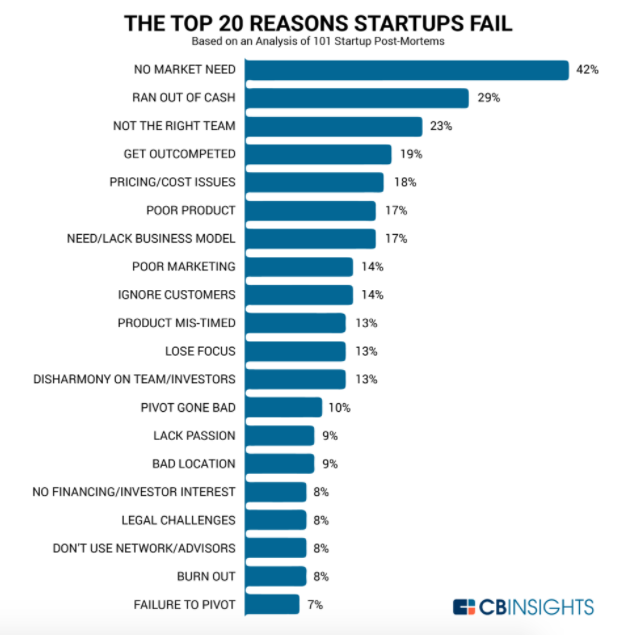
Let’s zero in on the top two.
Reason #1: 42% of startups failed because there wasn’t a market for their offering.
That’s why validating market need must happen early.
If you discover there isn’t demand for your solution, you can iterate or pivot before sinking too much time and money.
Reason #2: 29% of startups failed because they ran out of money.
Spending your limited budget on the wrong audience can shut the company down.
With a small runway, you may not get a second chance.
The good news: identifying the right target market is a repeatable process.
Below, we’ll walk through how to do it—so you can position your startup for traction and profitable growth.
Start broad, then narrow with evidence
Don’t lock yourself into a tiny audience on day one.
Begin with larger groups you reasonably expect to care about your offer, then narrow as real data comes in.
Use a few simple, general segments to get started:
- gender
- age
- location
These broad filters also help you exclude people who are unlikely buyers.
For example, consider the Texas Beard Company:
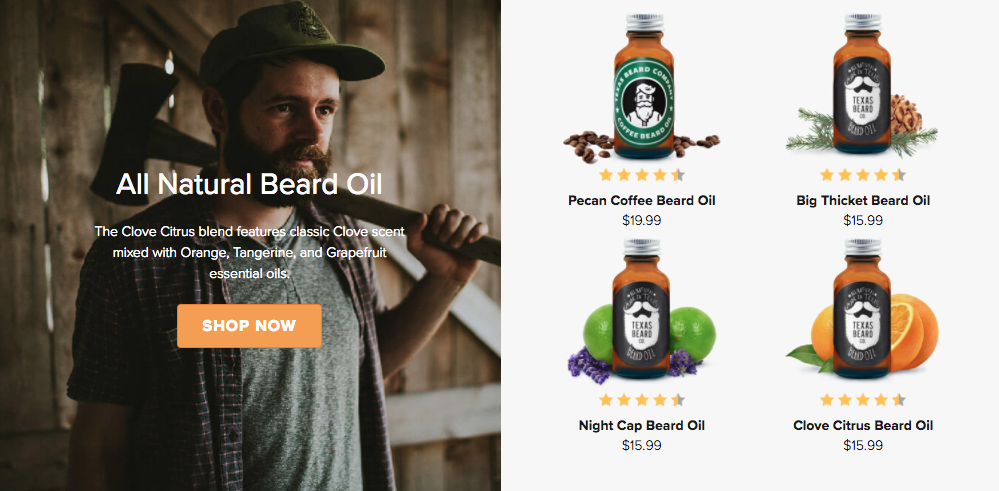
They sell beard oils, brushes, balms, combs, and accessories for maintaining a healthy beard.
So a primary audience is men with beards (or planning to grow one). Gift buyers can be a meaningful secondary audience, but they’re not the core users.
Next, consider age.
Teenagers and older adults are less likely to purchase beard-care products at the same rates as men in their 20s–50s.
So you might start with males roughly 20–60 who have or want facial hair.
That’s a solid starting point—then you’ll narrow further with research and performance data.
Analyze your competition
It’s rare to invent a category from scratch.
Your idea may be unique, but you still operate within an existing industry with known buyer expectations.
Others are already serving (or attempting to serve) your future customers.
Your goal is to learn how to position your company relative to them.
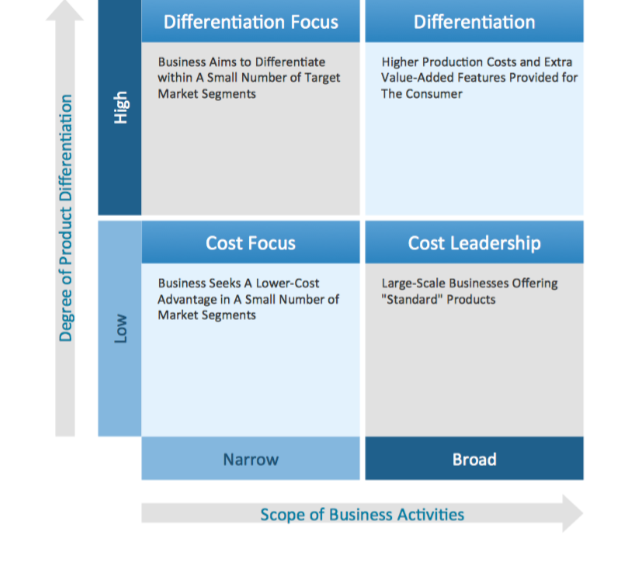
Conduct a basic competitive teardown: product features, pricing, messaging, reviews, SEO (what they rank for), ads, social channels, and onboarding. Note what they do well and where they fall short.
Who exactly are they targeting?
Study their ads and landing pages, browse their site, sign up for emails, and observe how they segment and speak to different buyers.
You can pursue the same segment—or intentionally target an overlooked niche with differentiated positioning.
Decide whether you’ll focus on a niche audience or build for broader appeal.
Decide whether you’ll compete on premium quality and service or value and efficiency for cost-sensitive buyers.
These choices become much clearer after you’ve done your homework.
Competitive analysis also clarifies buyer behavior and purchase cycles in your space:
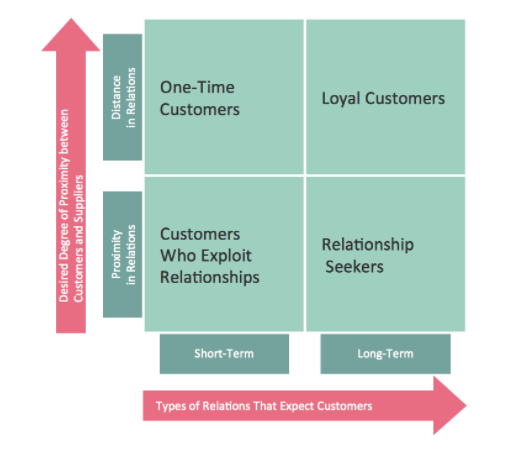
Ideally, you’ll cultivate long-term relationships—but cadence varies by category.
For some products (e.g., cars), people don’t repurchase for many years; loyalty matters, but acquisition never stops.
In fast-moving categories (e.g., consumables or software subscriptions), retention and expansion are as important as first purchase.
Map what your competitors do to win first-time customers and how they nurture them over time—then improve on it.
Talk to people
Assumptions and desk research only go so far.
To zero in on the ideal target market, you need direct input from real people.
Ask open-ended questions and listen.
Run one-on-one interviews and small focus groups to validate or disprove your assumptions.
Say your broad audience is women ages 25–40.
That’s huge. You’ll need to segment further into groups with distinct needs, contexts, and triggers.
Here’s one way to segment your target market:
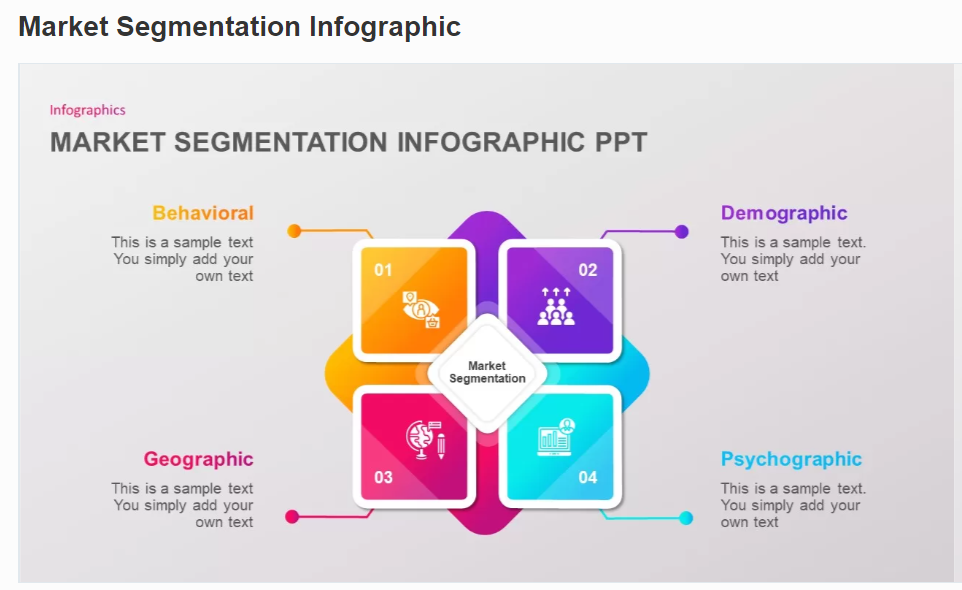
Interviews and focus groups reveal motivations, objections, language, and use cases you won’t get from analytics alone.
Keep focus groups to 10–12 participants for rich discussion.
Show participants early product concepts, messaging, and mock ads.
Watch reactions and probe: What problem were they trying to solve? What alternatives would they consider? What would make them say “yes” sooner?
Look for patterns among people who respond positively.
If you’re interviewing only women 25–40, what common traits stand out among those who are most enthusiastic—life stage, budget, job to be done, or preferred channels?
Maybe many are married, or maybe time-pressed single professionals are the real early adopters. You won’t know until you ask.
Collect structured data on each participant (demographic, geographic, psychographic, and behavioral) to compare segments later.
Have everyone complete a short screener before sessions so you recruit the right mix—and accept that this is an iterative process.
The more people you talk to, the clearer your target market becomes.
Create customer personas
Once you understand your audience, document it with customer personas that reflect real buying behavior.
These profiles guide messaging, content, pricing, and product priorities.
Here’s what a customer persona can look like:
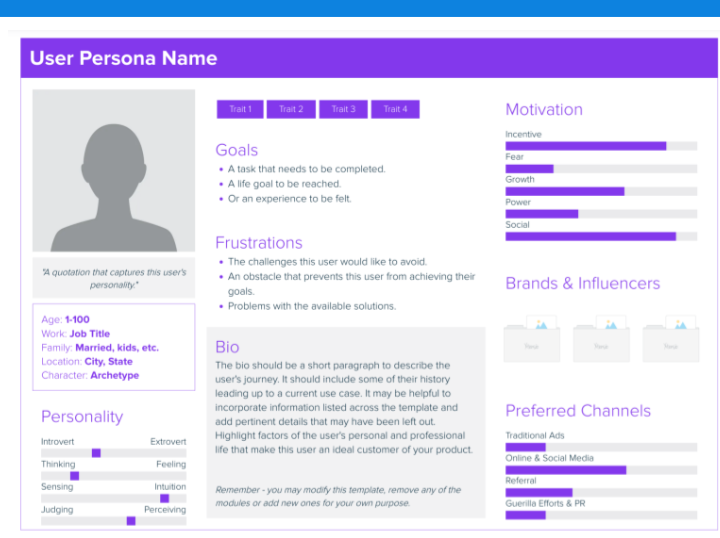
Make every persona specific to your company and use case.
You can tell the example is for a shoe brand—this persona struggles to find narrow widths that fit comfortably.
Your startup might sell shoes to men and women, but each persona should represent one coherent buyer type.
Your broad segment could be:
- women
- 30 to 40 years old
- $30–45k annual salary
- lives in the western United States
But a useful persona is concrete. Notice how the example specifies one person with:
- 36 years old
- $38k annual salary
- located in Los Angeles, CA
Specifics force clarity: pain points, triggers, objections, preferred channels, and success metrics.
Use findings from interviews and focus groups to build personas that reflect why, when, and how each buyer makes a decision.
If many buyers share an occupation, region, or constraint (e.g., budget or compliance), tailor your campaigns to that reality.
Use surveys
Once you’re in market and making sales, use customer surveys to learn who’s buying, why they chose you, and what nearly stopped them.
Surveys also signal that you care—and that feedback improves the experience:
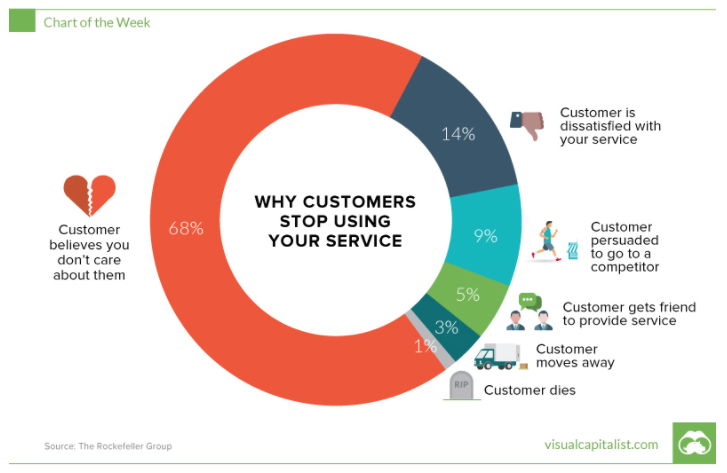
Ask questions that map to action: What job were they hiring your product to do? Which alternatives did they consider? What nearly made them churn?
Then connect responses to segments to sharpen your targeting.
Collect core attributes including:
- demographics
- geographic location
- psychographic traits
- behavioral trends
Early on, you made educated guesses about your audience.
Once customers show up, replace guesses with facts.
The people already buying from you are the nucleus of your target market.
Identify who they are and why they buy—then find more like them.
Take advantage of analytics and other resources
We’re going to assume your startup has a website.
If not, get one live as soon as possible—so you can measure and learn.
Who’s visiting your site, and what are they doing?
Traffic patterns are strong signals for refining your audience and content strategy.
Google Analytics can surface demographic and interest insights alongside engagement and conversion data.
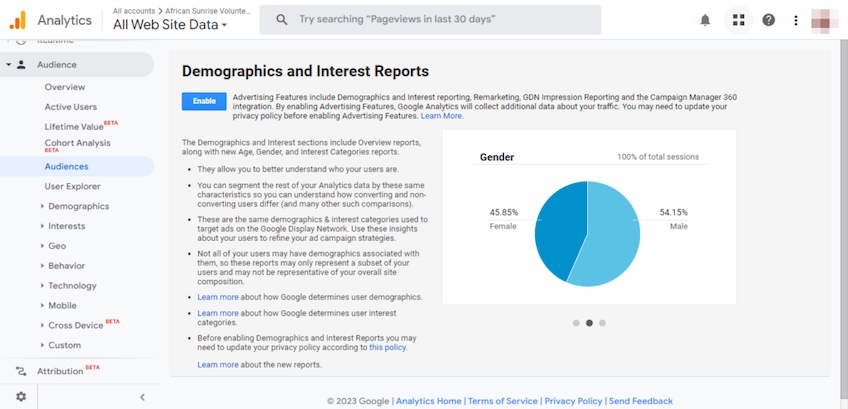
Here’s an example of demographic data you can view.
Suppose most traffic skews male 18–34; combine that with high intent pages and conversions to decide where to double down.
Analytics also show:
- sessions
- bounce rates
- pages per session
- average session duration
- transactions
- new users
When grouped by audience characteristics, these metrics reveal which visitors are most valuable.
Use those insights to determine your target market, refine your content, and improve channel fit.
Conclusion (be ready to make changes)
Identifying your target market is an ongoing process, not a one-time task.
At the start, you’ll make reasonable assumptions because you lack data.
Then you’ll narrow your audience based on your brand, product, industry norms, and real-world responses.
Use competitor analysis to see who others target and where gaps exist.
Mirror what works—or focus on a segment others ignore.
Talk to people.
Interviews and focus groups sharpen your understanding of needs, objections, and buying triggers.
Customer personas turn those insights into practical guidance for messaging and product decisions.
After you start selling, survey customers to learn who they are and what matters most to them.
Use web analytics to see who visits, what they consume, and what converts.
Above all, stay adaptable.
Your initial assumptions may be wrong—and that’s fine.
Startups that iterate quickly on audience insights and campaign performance are the ones that survive and grow.
